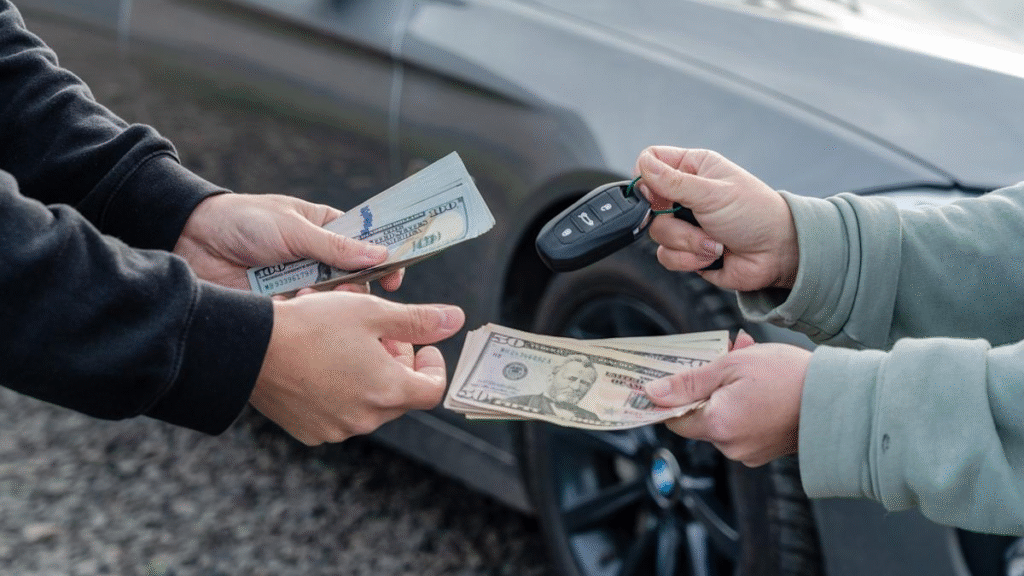Smart Technology That Elevates Car Safety
Modern driving is no longer just about the steering wheel and the open road. Today, technology plays a powerful role in ensuring safety, efficiency, and peace of mind for drivers and passengers alike. Cars are equipped with intelligent systems that can anticipate hazards, minimize human error, and provide real-time support when the unexpected occurs. With the right approach, these tools can transform everyday driving into a seamless experience where safety is no longer a concern but a built-in guarantee.
The Foundation of Safety
Even with all the advanced innovations, the fundamentals remain vital. Drivers should Never Skip Safety Checks before starting a trip. From examining tire pressure to topping up vital fluids, these seemingly mundane tasks provide a strong baseline for safety. Technology enhances this process by offering alerts, sensors, and reminders that take the guesswork out of preparation. A vehicle equipped with digital monitoring systems can notify you of low oil levels, failing batteries, or worn brake pads before problems escalate.
Elevating Everyday Routines
Smart systems are designed to support the little details often overlooked in Car Safety Routine Tasks. Automated tire pressure monitoring, for example, alerts drivers instantly if inflation levels are off. Lane departure warnings keep your path steady, while adaptive headlights adjust to visibility conditions in real time. These features complement the traditional checks you would perform manually and make sure nothing is left unnoticed.
Voice assistants and integrated infotainment systems also contribute by simplifying multitasking. Instead of fumbling with controls or maps, you can focus on the road while the car handles communication, navigation, or even climate adjustments. Less distraction means fewer risks—and that is the ultimate goal.
Technology Meets Inspection
No matter how advanced vehicles become, Essential Car Inspections remain at the heart of safe driving. Technology simply makes them more reliable and efficient. Onboard diagnostic systems now provide immediate insights into mechanical performance, allowing minor issues to be detected before they grow into costly repairs.
Camera systems and radar-based tools ensure visibility in places where the human eye cannot reach. Blind-spot monitoring and 360-degree cameras reduce uncertainty when changing lanes or parking. These inspections, once entirely manual, now occur seamlessly in real time, adding layers of protection that drivers barely notice yet consistently benefit from.
Building the Perfect Safety Checklist
A successful journey often comes down to preparation. Creating a Safe Driving Checklist that incorporates both manual steps and technological aids ensures maximum protection. For instance, start with checking the basics: lights, wipers, and brakes. Then, add the support of smart systems—lane-keeping assistance, collision avoidance, and real-time traffic alerts. Together, they create a multi-tier safety strategy where nothing is left to chance.
Such a checklist might also include packing a roadside emergency kit and keeping a portable power bank on hand. Smart apps can even remind you of upcoming service appointments or recommend safer routes based on weather and traffic conditions. With this blend of foresight and innovation, drivers gain the assurance that every journey is backed by comprehensive preparation.
Beyond Gadgets: Confidence on the Road
Technology’s true impact is not just in the gadgets themselves but in the confidence they inspire. Drivers who know their car is equipped with smart tools feel more assured when tackling long journeys or unpredictable conditions. Adaptive cruise control maintains safe distances, while collision-mitigation braking can act faster than human reflexes. These features turn daunting road scenarios into manageable challenges, reducing stress and encouraging focus on the drive itself.
The Human Element Remains Key
Even as systems grow more advanced, human judgment remains essential. Overreliance on automation can create complacency. The most effective approach combines driver attentiveness with the advantages of smart technology. Checking mirrors, maintaining alertness, and respecting speed limits still form the backbone of safety. Technology should be embraced as an ally, not a substitute.
Looking Ahead
Future developments promise even greater innovations. Self-driving capabilities, AI-powered hazard prediction, and vehicle-to-vehicle communication are already emerging. These advancements will further enhance safety while reshaping how we perceive driving itself. Yet no matter how far technology advances, remembering to Never Skip Safety Checks and sticking to Car Safety Routine Tasks will always play a role.
Final Thoughts
Smart technology is revolutionizing road safety, but it thrives best when paired with timeless habits. Integrating Essential Car Inspections with advanced systems ensures a car that is not only efficient but resilient in the face of challenges. A thoughtful Safe Driving Checklist balances human responsibility with machine intelligence, crafting journeys that are secure, smooth, and stress-free.
When technology and awareness travel hand in hand, every trip becomes more than transportation—it becomes a confident, safeguarded experience worth embracing.

